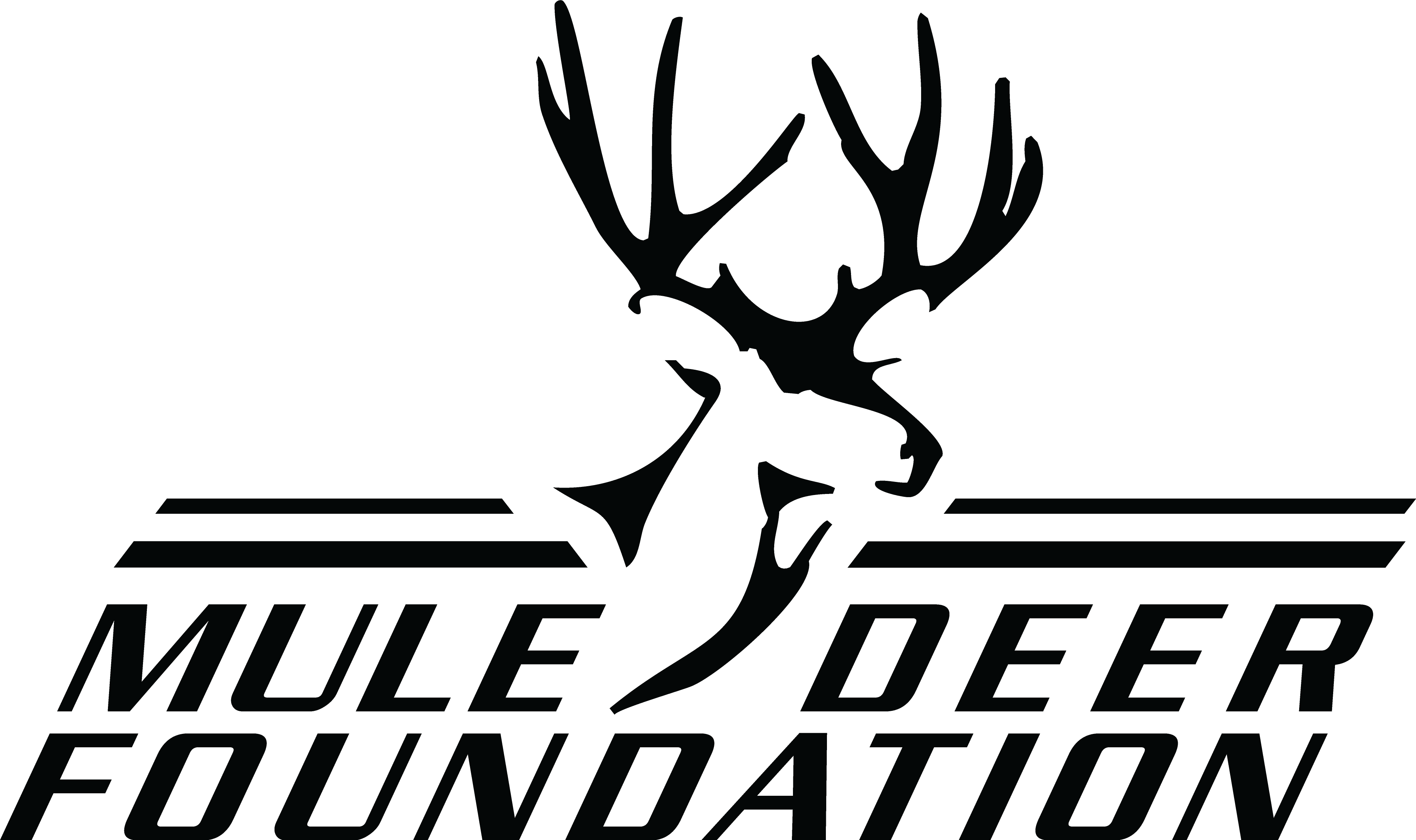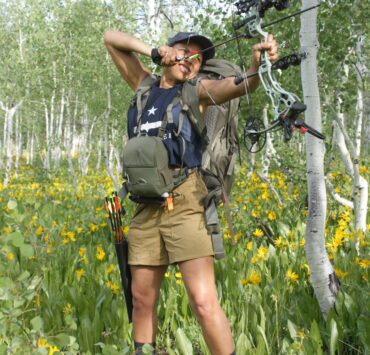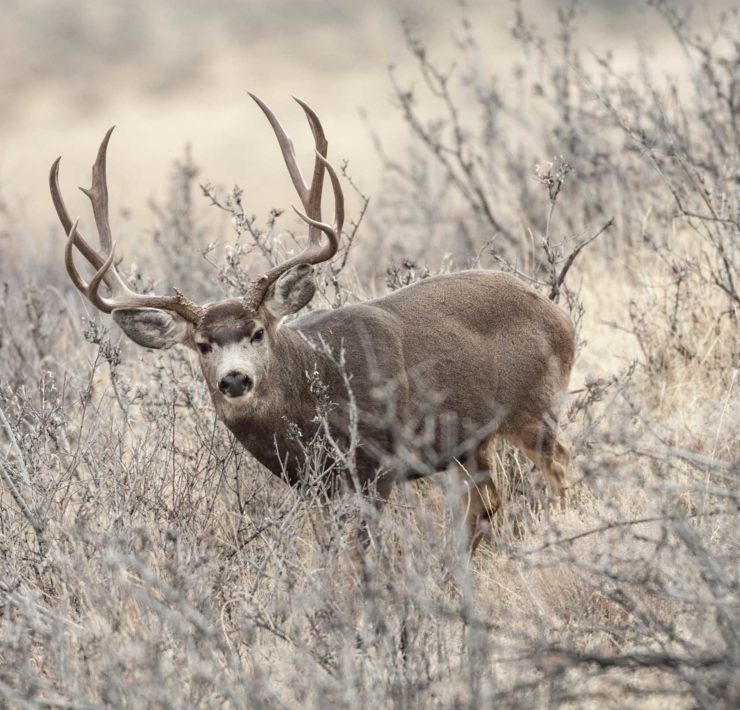Field Judging Mule Deer: How to Score Before the Shot

By Michael “Mickey” Luby
There’s a moment every mule deer hunter lives for. You’re glassing a far ridgeline, the sun just tipping over the peaks, and you catch movement. A buck. Big-bodied, ears alert, antlers catching light. But the question starts burning right away: How big is he? And more importantly, is he the one?
Field judging mule deer is as much art as science. It takes time, mistakes, and more than a few hours behind the glass to get it right. But if you’re serious about mule deer, whether you’re chasing a once-in-a-lifetime tag, managing your local herd, or just want to grow your understanding of the species, learning how to size up a buck before you squeeze the trigger is a skill worth honing.
What Are You Really Scoring?
Let’s get this out of the way: not every buck needs to be a “book buck.” I’ve packed out old warriors with broken tines and busted bodies that I’m prouder of than a 190-incher on a wall. But when we talk about “scoring” a mule deer, we’re usually talking about the Boone and Crockett Club’s system, the gold standard for North American big game.
Founded in 1887 by Theodore Roosevelt and fellow conservationists, the Boone and Crockett Club didn’t set out to glamorize antler inches. They built the scoring system to measure species health, track trends over time, and preserve our hunting heritage. It’s a conservation tool, not a contest, though it’s fine to get excited when you’ve got a potential B&C buck in your sights.
The Boone and Crockett System: The Basics
The Boone and Crockett (B&C) scoring system for typical mule deer focuses on four main measurements:
- Main Beam Lengths – Each antler beam is measured from base to tip.
- Point Lengths – All normal tines are measured from their junction with the main beam.
- Mass Measurements – Four circumference measurements per antler (between burr and each point).
- Inside Spread – The widest inside distance between the main beams.
All of these go into the score, but so do deductions. Asymmetry and abnormal points get subtracted in the “typical” category. The minimum entry score for the Boone and Crockett all-time records for typical mule deer is 190 inches(and 210 inches for non-typical).
Field Judging in the Heat of the Moment
Now, out in the field, you’re not pulling out a tape. You’re working with time, terrain, and adrenaline. Here’s how I break it down when I’m judging a buck through the spotter:
Use the Ears
A mule deer’s ears are your measuring tape. On average, a mature buck’s ears from tip to tip are around 22 inches when fully alert. If a buck’s antlers stretch well past the ears on both sides, you’re likely looking at a spread in the 24–28″ range — possibly more.
Count Tines Carefully
Western hunters often use the “4×4” or “4-point” system — not counting brow tines like in whitetail scoring. Boone and Crockett, however, counts every typical point coming off the main beam, including eye guards (brow tines). Make sure the points are long enough to score and aren’t just little stickers.
A clean, balanced 4×4 with long points and good mass is often knocking at the 170–180″ door. Add extras or outstanding mass and you’re closing in on that 190” mark.
Mass Matters
Big bucks carry their weight. Literally. Look at the antler bases and how thick the beams stay toward the tips. Mass is often what separates a good buck from a great one. If the beams still look heavy all the way out — and you’ve got deep forks — you’re onto something special.
Main Beams and Forks
You want long main beams that curl forward and deep forks. A buck with short beams and shallow forks might look wide, but won’t carry the score. A deep back fork and a front fork that arches nicely is the sign of a mature, high-scoring animal.
Age Over Inches
In my book, a mature buck — 5.5 years or older — is always worth a hard look. Heavy body, Roman nose, sway-backed frame. These deer have survived pressure, predators, and brutal winters. If he’s got the look of an old warrior and respectable headgear, don’t get too greedy waiting for the mythical 200-incher.
Practice Makes Perfect
One of the best ways to sharpen your field-judging skills is to study bucks before and after the shot. Look at trail cam photos or scouting video. Try to guess the score, then measure later. You’ll start to see patterns — how mass adds up, how deceiving wide but weak bucks can be, and how a narrow, deep-forked buck can surprise you.
Also, glass a lot. Spend more time behind optics than behind the trigger. The more deer you watch, the better your eye gets.
Conservation First, Always
Here’s the part folks sometimes forget: none of this matters if we don’t have healthy herds and wild places left to hunt. Scoring systems, field judging, Boone and Crockett records — all of that depends on thriving mule deer populations.
That’s where the Mule Deer Foundation (MDF) comes in. This isn’t just a club — it’s a boots-on-the-ground force working to restore habitat, protect migration corridors, and ensure that our kids and grandkids can still hunt mule deer across the West.
Every high country buck, every prairie deer bedded in sage, every post-rut ghost slipping through the timber — they all depend on the decisions we make today.
Join the Fight
If you love mule deer — whether you chase ‘em with bow, rifle, or just through a spotting scope — I’m asking you to step up. Join the Mule Deer Foundation. Become a member, attend a banquet, volunteer for a habitat project, or chip in a few bucks to support the cause.
Because field judging a big deer is great. Tagging one is even better. But knowing you helped protect that animal’s habitat? That’s something you can hang your hat on forever.
Ready to make a difference? Join the Mule Deer Foundation today.
Let’s make sure there’s still something to judge out there — and stories to tell around the fire when the hunt’s done.
Join Today!
As always, Good luck this spring and remember to send any success pictures or stories from the field to [email protected] and you could be featured on our website or in our magazine. If this article or any of our articles have helped you become a better hunter or conservation steward, consider becoming a member of the Mule Deer Foundation or the Blacktail Deer Foundation or both. Click here to join: https://muledeer.org/product-category/membership/ or https://www.blacktaildeer.org/
Michael “Mickey” Luby

Michael “Mickey” Luby is a modern-day mountain man and unapologetic traditionalist living deep in Western Montana. A seasoned mule deer hunter with decades of experience chasing high-country bucks, Mickey has earned a reputation for grit, stubbornness, and a sixth sense for finding big deer where the air is thin and the trails are long forgotten.





